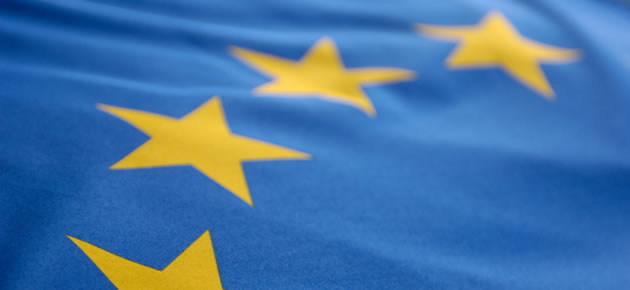The Euro (EUR) softened against the Australian Dollar (AUD) on Tuesday as a string of domestic data releases widely disappointed and as a better than expected manufacturing report out of China bolstered demand for commodity and emerging market assets.
Economic data out of the 18-member single currency bloc raised more concerns over the health of the region’s economy with some economists now warning that it could slide into recession by the end of the year.
According to Markit, the Eurozone composite output index for the whole Eurozone and which measures the combined output of the manufacturing and service sectors tumbled to its lowest level in nine months to a reading of 52.3.
The figure was a fall from the preceding month’s figure of 52.5 and was below expectations for an unchanged figure.
The bloc’s services PMI slid to a three-month low of 52.8 from 53.1 last month, while the manufacturing index ticked down to a 14-month low of 50.5 from 50.7 in August.
Activity in France dropped for a fifth month in a row and service sector activity fell for the first time in three months.
Germany meanwhile saw its private sector continue to expand but manufacturing growth fell to its lowest level in 15 months.
‘Muted services and manufacturing output growth in September points to only a modest return to Eurozone GDP growth in the third quarter following the stagnation seen in the second quarter. Weakening output growth suggests that the fourth quarter is going to be another struggle. This is not what the ECB wants to see, especially as the surveys still show falling prices, albeit at a reduced rate in September,’ said Howard Archer from IHS Global Insight.
The Australian Dollar meanwhile found support after the latest manufacturing PMI report out of China came in better than forecast.
HSBC’s flash manufacturing PMI rose to 50.5 in September, up from August’s figure of 50.2. Economists had been widely expecting a fall to 50, the level that divides expansion from contraction.
With China being Australia’s largest trading partner, any positive economic news out of the world’s second largest economy provides support.
The data also meant that other commodity-based assets such as the Canadian Dollar (CAD) and South African Rand (ZAR) were able to make gains against the Euro and other currencies.
The next data due for the Euro will be released on Wednesday.
Investors and traders will want to pay particular attention to the latest German IFO Business Climate data and GDP news out of the Netherlands, Consumer confidence data is also due for release in recession hit Italy.
Euro Exchange Rate News:
[table width=”100%” colwidth=”50|50|50|50|50″ colalign=”left|left|left|left|left”]
Currency, ,Currency,Rate ,
Euro, ,US Dollar,1.2891 ,
,US Dollar,1.2891 ,
Euro, ,British Pound,1.6456 ,
,British Pound,1.6456 ,
Euro, ,Australian Dollar,1.4446 ,
,Australian Dollar,1.4446 ,
Euro, ,Canadian Dollar,1.4171 ,
,Canadian Dollar,1.4171 ,
[/table]



